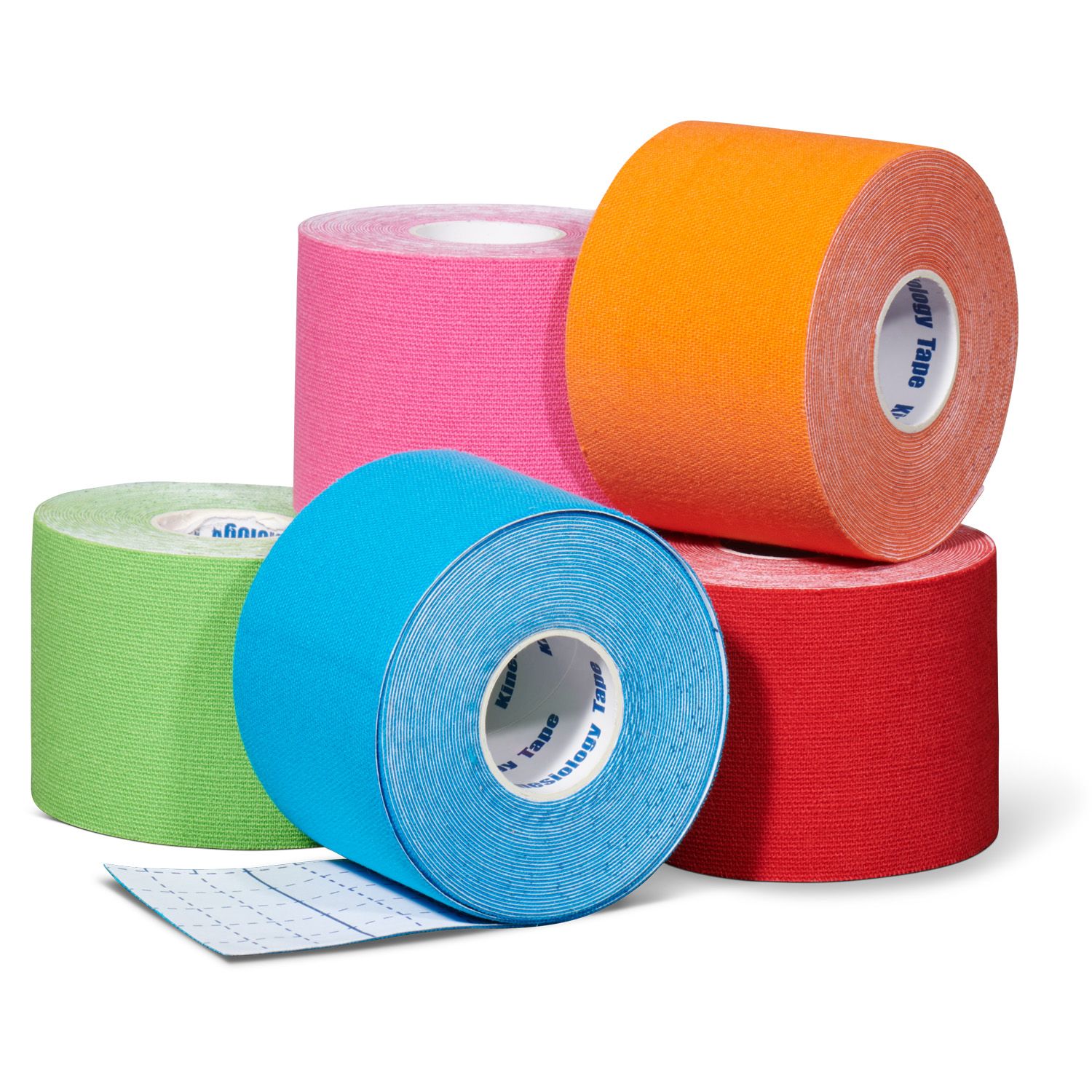The shoulder is a complex joint that offers a lot of freedom of movement. However, this also makes it vulnerable to injury. Shoulder problems are therefore common, both among athletes and people who do not play sports. Taping the shoulder is an excellent way to support the shoulder and relieve pain.
What shoulder complaints are there?
There are different types of shoulder problems, which benefit from taping. We list the most common ones below: such as:
- Impingement syndrome: this is a condition where the tendon, bursa or muscle becomes trapped somewhere in the shoulder, causing pain.
- Shoulder luxation: this is a dislocation of the shoulder.
- Shoulder osteoarthritis: this is a wear and tear of the cartilage in the shoulder joint.
- Tendonitis: The tendon is a connection between the bone and the muscle. This is where conditions such as inflammation, rupture or degeneration can occur.
- Bursitis: A bursa functions as a shock absorber in a joint and is located between muscles of the bone. The bursa reduces friction between different tissues. Bursitis is often caused by overuse.
- Shoulder problems can cause pain, stiffness and reduced mobility. In some cases, surgery may be necessary.

Shoulder taping
Shoulder taping is a non-invasive treatment that can help reduce pain and stiffness in shoulder pain. Kinesiology tape is the most commonly used type of tape for shoulder pain. Kinesiology tape is an elastic tape that stimulates blood and lymph circulation. This helps to reduce pain and relax muscles.
How does taping your shoulder work?
Taping the shoulder works in two ways:
- The tape stimulates blood circulation and lymph circulation. This helps drain waste products and supply nutrients. This can lead to a reduction in pain and inflammation.
- The tape creates a lifting effect on the muscles. This helps to relax muscles and improve joint mobility.

How is shoulder tape applied?
Shoulder taping can be applied by a physiotherapist or other specialist. It is also possible to apply tape yourself. Here are a few tips:
- Use the right type of tape. Kinesiology tape is the most suitable type of tape for shoulder problems.
- Measure the right tape length. The tape should be long enough to fully encompass the joint.
- Apply the tape in the correct direction. The tape should be applied in the direction of movement of the joint.
- Apply the tape with the correct stretch. The tape should be applied with a slight stretch.
When is it better not to tape your shoulder?
In some cases, it is recommended not to use tape. For example, when you have open wounds or infections. Or a condition where your blood or lymph circulation is disturbed. When in doubt, always consult a doctor or specialist.
Need more information?
Shoulder taping is an effective treatment for shoulder pain. It can help reduce pain, reduce stiffness and improve joint mobility. Shoulder taping can be applied by a physiotherapist or other healthcare provider. It is also possible to apply shoulder taping yourself.







